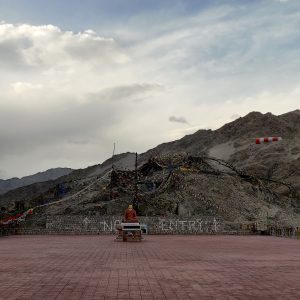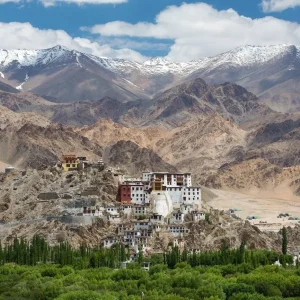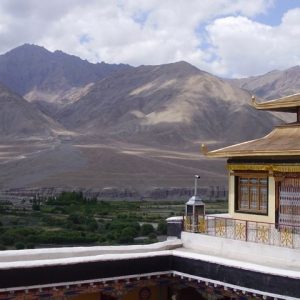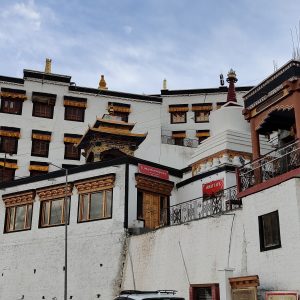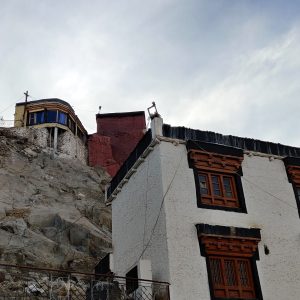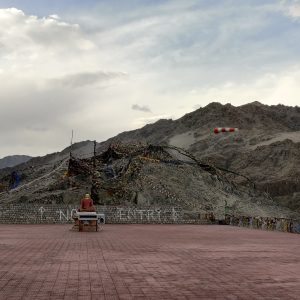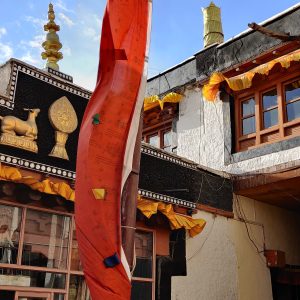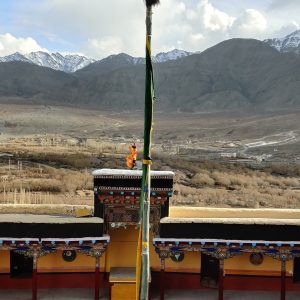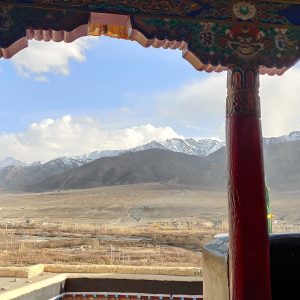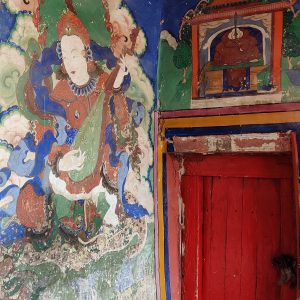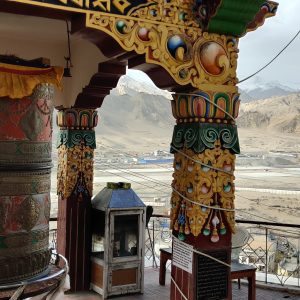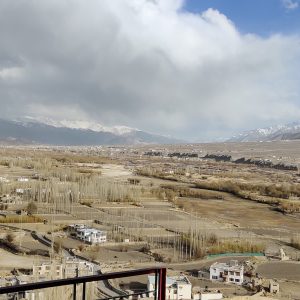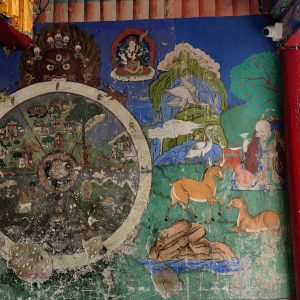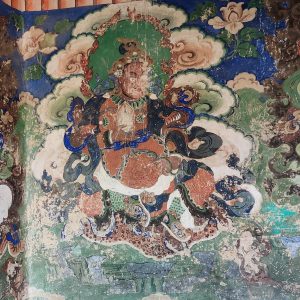Lingshed Monastery, situated in the remote Zanskar region of Ladakh, is an exceptional example of Tibetan Buddhist architecture, standing proudly amidst the rugged mountainous landscape. Its layout is designed to blend harmoniously with the natural surroundings, offering a peaceful retreat for monks and visitors alike.
Main Assembly Hall (Dukhang)
The main assembly hall, or Dukhang, is the central spiritual space of Lingshed Monastery. This hall is used for daily prayers, ceremonies, and gatherings of the monastic community.
Statue of Buddha: A large, serene statue of Buddha occupies a prominent position at the center of the hall, acting as the focal point for meditation and prayer.
Murals and Art: The walls of the Dukhang are decorated with intricate murals and frescoes depicting various Buddhist deities, scenes from the Buddha’s life, and teachings. These artworks serve as both a guide and an inspiration for spiritual practice.
The Prayer Rooms and Stupas
In addition to the main hall, Lingshed Monastery has several smaller prayer rooms, each dedicated to different deities or aspects of Buddhism. These rooms are adorned with thangkas, statues, and sacred texts, creating an atmosphere of deep reverence and meditation.
The monastery also houses a stupa or chorten, which is used for circumambulation and as a focal point for prayer and reflection, following traditional Buddhist practices.
Fort-like Structure
Lingshed Monastery is constructed in a fort-like manner using a combination of stone, wood, and mud. The structure is not only designed for spiritual purposes but also provides protection from the harsh climate and potential threats.
Perched on a high ridge, the monastery offers a commanding view of the Zanskar valley below. Its location emphasizes both spiritual significance and the need for self-reliance in a rugged, remote region.
Roof and Viewpoints
The roof of Lingshed Monastery offers breathtaking views of the surrounding Zanskar mountain range and the winding rivers below. From this high vantage point, visitors can appreciate the raw beauty and tranquility of the area. The views from the rooftops make it an ideal spot for meditation, contemplation, and photography, allowing for a deep connection with nature.


